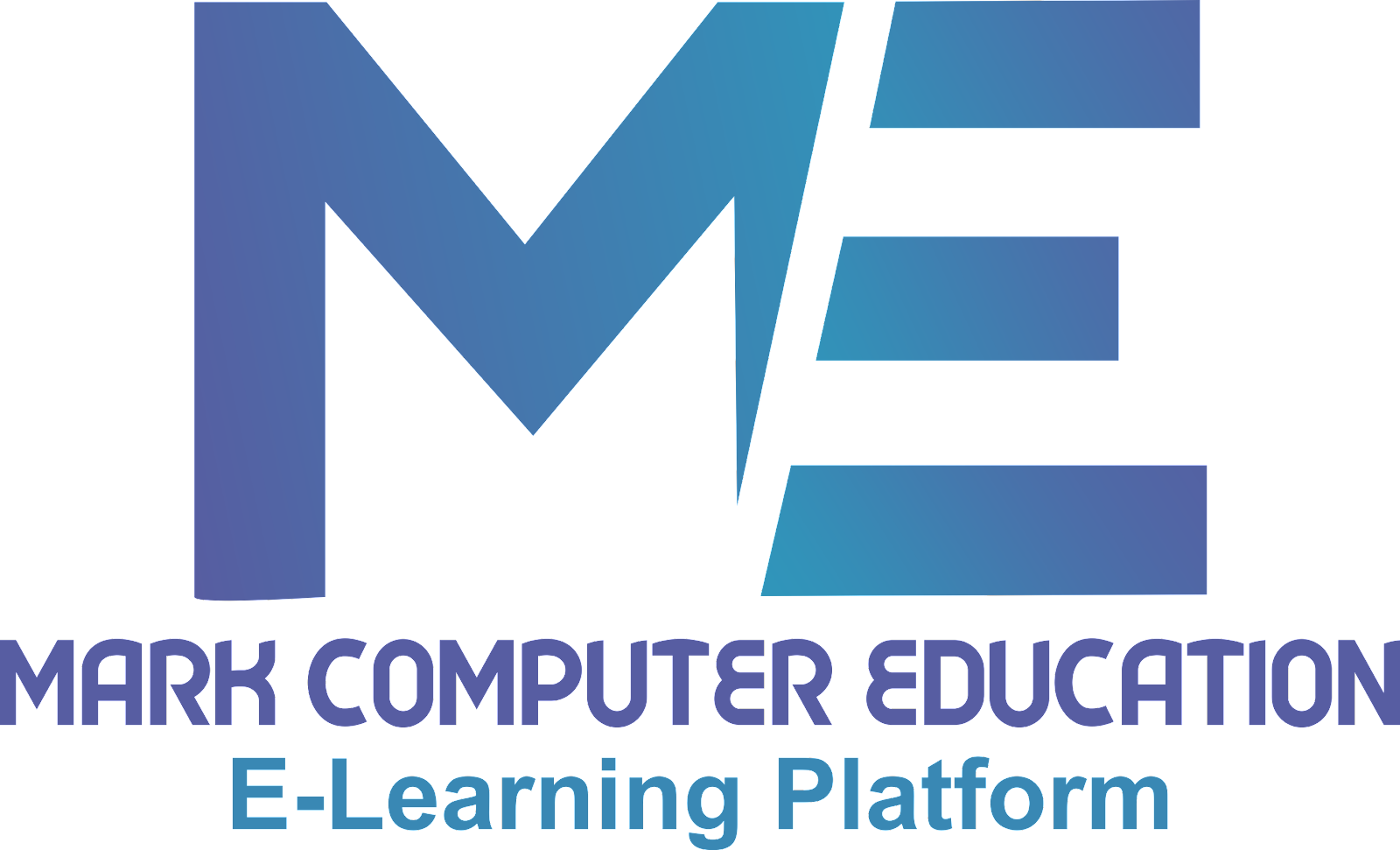Computer Generation
Computers have gone through several generations since they were first introduced in the mid-20th century. Each generation is characterized by significant improvements in processing speed, memory capacity, and other technological advancements.
Here is a brief overview of the different generations of computers:
- First Generation (1940s-1950s): The first computer generation used vacuum tubes for processing and magnetic drums for storage. These machines were large, expensive, and unreliable, and they were mainly used by government agencies and universities.
- Second Generation (1950s-1960s): The 2nd computer generation of computers used transistors instead of vacuum tubes, which made them smaller, faster, and more reliable. They also used magnetic core memory, which was faster and more durable than magnetic drums.
- Third Generation (1960s-1970s): The third generation of computers used integrated circuits (ICs), which combined multiple transistors on a single chip. This made computers even smaller, faster, and more reliable, and it paved the way for the development of mini-computers.
- Fourth Generation (1970s-1980s): The fourth generation of computers saw the introduction of microprocessors, which allowed for even more processing power and memory capacity. Personal computers (PCs) also became available during this time.
- Fifth Generation (1980s-1990s): The fifth generation of computers was characterized by the development of artificial intelligence and expert systems. It also saw the introduction of parallel processing, which allowed computers to perform multiple tasks simultaneously.
- Sixth Generation (1990s-Present): The sixth generation of computers is still ongoing and is marked by the development of faster and more powerful microprocessors, as well as advances in networking and multimedia technologies. This generation has also seen the rise of mobile computing and the internet.
Each generation of computers has brought significant improvements in technology and has paved the way for new innovations and applications.



